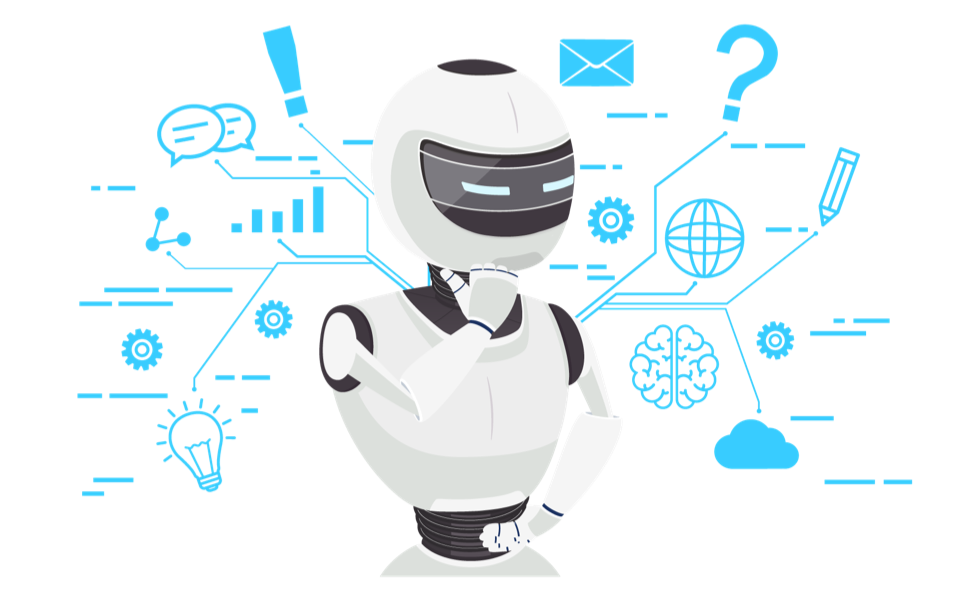The need for AI
Intelligence can be defined as the capability to obtain knowledge and skills and apply them to various situations without supervision to achieve a desired outcome. As is the case with children, intelligence is acquired through learning. As a child grows, they learn from their parents, siblings, teachers, friends, and society. While some learning is taught, other concepts are learned by observation of their environment and experiences.
The fundamental premise of AI is that we can create machines that intelligently think in the same way humans think. AI learns from the environment, the circumstances it's in, and the entities it interacts with. For example, humans.
The fact that AI can make machines smart by adding intelligence to them fuels the need for AI. AI is aimed at making machines that help humans by allowing them to teach themselves every time they make use of data in order to offer better answers over time.
The goal is that these machines can function and learn in an intelligent manner with or without human supervision.
Intelligence is made of:
- Reasoning
- Learning
- Problem solving
- Perception
- Linguistic Intelligence


To tackle such a challenge, the problem in simulating or creating intelligence is broken into subproblems in order to:
- Create intelligent systems that exhibit smart behavior with an in-built ability to learn, validate, explain, and suggest the right course of action to its users.
- Help machines find solutions to complex problems in the same way humans do. This is accomplished by applying similar logic using algorithms and displaying the required output to the user.